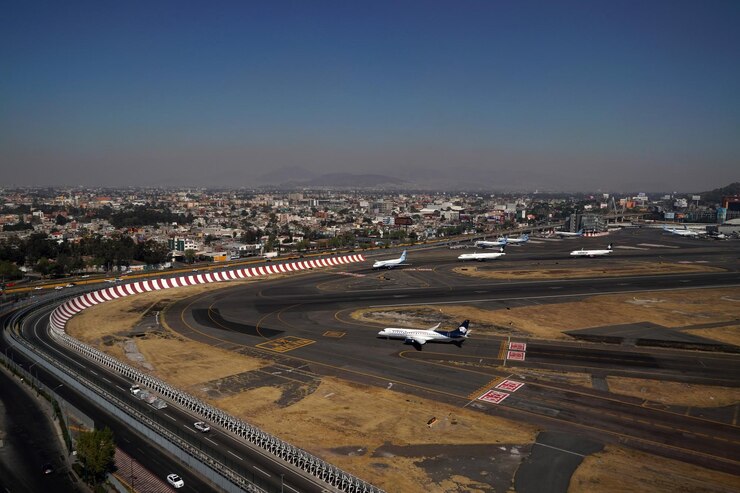Delhi, as one of India’s busiest metropolitan cities, constantly faces challenges in managing its burgeoning infrastructure demands. One of the most pressing issues has been the traffic congestion near the Indira Gandhi International (IGI) Airport, a key transit hub. The Public Works Department (PWD) has now stepped forward with a transformative plan to decongest this critical junction. This project is not just a necessity for smoother travel but a milestone in Delhi’s urban infrastructure development.
Current Challenges Near IGI Airport
The IGI Airport junction is notorious for its severe traffic bottlenecks, especially the main access road and junction at NSG headquarters in Mehram Nagar. Increased vehicular load, poor road alignments, and the lack of robust traffic management systems have only just increased the problem.
Travelers heading to the airport often face delays, while commuters struggle with extended travel times on nearby routes such as Mahipalpur and Rangpuri. The congestion has also had a cascading effect, hampering access to other key zones in Delhi. Such issues are not only inconvenient but also detrimental to Delhi’s overall infrastructure, affecting fuel consumption, increasing pollution, and degrading the urban commuting experience.
PWD’s Proposed Solutions
To tackle this long standing issue, the PWD has proposed a multi-pronged strategy that includes:
- Construction of New Flyovers and Underpasses: These structures aim to streamline traffic movement, especially during peak hours.
- Road Realignment Projects: Poorly planned road junctions will be redesigned for better traffic flow.
- Integration with Existing Infrastructure: Ensuring the new upgrades work seamlessly with the current road network, minimizing the impact on daily commuters.
For this purpose PWD is going to conduct Feasibility studies so that we can get the best solution possible.The project might also involve widening of North Access road as well which has many major hotels and venues on the route and connect directly to terminal 3.
Strategic Importance of the Project
The proposed decongestion plan is vital for several reasons:
- Enhanced Airport Accessibility: A smoother commute to IGI Airport will significantly benefit business travelers, tourists, and daily commuters alike. With widening of the North access road and connecting the stretch towards terminal 3 will lead to improvement in accessibility.
- Relief from Traffic Congestion: While not only for tourist’s airport accessibility but this road is generally a main route for Delhi to Gurugram commuting as well. So people who go to office from Delhi or Noida to Gurugram will face some relief in traffic congestion.
Additionally, improved traffic management near IGI Airport will likely set a benchmark for other metro cities in India dealing with similar challenges. Proposed corridor for this route is expected to reduce jams inn Dwarka road, Mehram Nagar and Ulan Batar Road.
Broader Implications for Delhi’s Infrastructure
The benefits of this project extend beyond resolving traffic congestion near IGI Airport. Improved infrastructure will have a ripple effect on the surrounding areas, including better connectivity to residential and commercial zones.
It will also contribute to environmental sustainability by reducing fuel wastage and vehicular emissions caused by prolonged idling in traffic. PWD has proposed a grade separator for taxis and one separate corridor to reduce traffic around Dwarka road, Mehram Nagar and Ulan Baltan road. This initiative highlights the critical role of infrastructure in shaping the urban experience and supporting economic growth.
Conclusion
The PWD’s decongestion plan for IGI Airport junction is a much-needed intervention to enhance Delhi’s infrastructure. By addressing traffic challenges with innovative solutions like flyovers, underpasses, and realigned roads, the project promises to deliver smoother commutes and improved airport access. However, its success hinges on careful planning, stakeholder cooperation, and timely execution.
As Delhi continues to expand, projects like these underline the importance of investing in infrastructure to create a city that is efficient, sustainable, and accessible for all.
